With a bold design and incredible performance, the Mi 11 Lite 5G may just be the lightweight phone you need.
Xiaomi launches a lot of phones over the course of a year, and even by its standards, 2021 has been busy. We got the Redmi Note 9T, Redmi Note 10 series, Mi 10i, Mi 11, Mi 11 Ultra, and a slate of devices under the POCO label, including the POCO X3 Pro, F3, and more recently the M3 Pro.
While the Mi 11 and Mi 11 Ultra make a claim for the best Android phones, there's a third model in the series aimed at the mid-range segment: the Mi 11 Lite. This device is particularly interesting because it is the first to be powered by the Snapdragon 780G chipset. Qualcomm dominated the mid-range tier last year with the Snapdragon 765G, and the 780G takes things to a whole new level.
The Mi 11 Lite stands out because of its fresh colors, and it has a svelte 6.8mm profile and is one of the lightest phones around at 157g. But it doesn't miss out on table stakes features: you get a 90Hz AMOLED panel, 5G connectivity, stereo sound, and a 4250mAh battery with 33W fast charging. Clearly, the phone has a lot to offer and starting out at £399 ($565), it is aimed directly against the likes of the OnePlus Nord and the Galaxy A52 5G. Does it have what it takes to outmatch its mid-range rivals? That's what we're here to find out.
Xiaomi Mi 11 Lite 5G
Bottom line: The Mi 11 Lite combines a lightweight design with standout hardware and great cameras, making it an enticing overall package. Xiaomi did a brilliant job bringing over the best features from the Mi 11 to a more affordable price point, and if you are in the market for a mid-range phone, you'll find plenty to like in the Mi 11 Lite.
The Good
- Lightweight design
- Excellent performance
- Vibrant 90Hz AMOLED screen
- Reliable cameras
- Stereo sound
- Great value
The Bad
- No wireless charging
- No 3.5mm jack
- Limited availability
£399 at Amazon UK £399 at Xiaomi UK
Xiaomi Mi 11 Lite 5G: Price and availability
Xiaomi unveiled the Mi 11 Lite alongside the Mi 11 Ultra on March 29. The phone debuted in China and has made its way to global markets, with availability kicking off in Europe on May 6.
The Mi 11 Lite is sold in 4G and 5G editions; the former is powered by a Snapdragon 732G while the latter runs the new Snapdragon 780G chipset. Xiaomi offers the Mi 11 Lite 5G in a single 8GB/128GB option in global markets, and this model is available for £399 ($565) in the UK. You can pick up the phone in Mint Green, Citrus Yellow, and Black color options.
Xiaomi Mi 11 Lite 5G: Design and display
When I started using the Mi 11 Lite, the first thing I noticed was its weight; coming in at 159g, it is one of the lightest phones you can buy today. With manufacturers adding metal designs and larger batteries, phones have gotten heavier over the last three years. Switching from the Mi 11 Ultra — a truly gigantic 234g phone — to the Mi 11 Lite was a refreshing change.
This is one of the lightest and thinnest phones around — and it doesn't miss out on any features.
The phone is also one of the thinnest in the market at just 6.8mm. For context, the regular Galaxy S21 is a full 1.1mm thicker and 10g heavier than the Mi 11 Lite, and even the ZenFone 8 — a genuine compact phone — is 2.1mm thicker and 10g bulkier.
So if you are looking for a lightweight phone, the Mi 11 Lite is now the default option (provided you're in a country where Xiaomi sells the device). The design aesthetic itself is largely unchanged from the Mi 11, and that's a good thing because I really like the direction Xiaomi took with its 2021 flagship.
The camera island has a two-tone design, with the 64MP primary and 5MP modules housed to the left and the wide-angle lens as well as the flash module located on the right. The 64MP and 5MP cameras are enclosed in an oblong housing, and the large rings around the lenses differentiate the design.
The Mi 11 Lite doesn't have the same curvy sides as the Mi 11, with Xiaomi instead going for a boxier design. That said, the svelte nature of the phone means you won't have any issues with usability.
The back of the Mi 11 Lite features a frosted glass finish that's a delight to use. The matte coating makes it easier to hold and use the phone, and it diffuses the color underneath the panel, leading to a pearlescent look. The Citrus Yellow model, in particular, feels bright and inviting, and it is an easy recommendation if you want a phone that stands out.
The mid-frame is made out of plastic and has a glossy finish, and while I would have preferred a matte finish here as well, it doesn't make the phone unwieldy. An interesting point around the design is that the screen doesn't sit flush with the body, extending just a bit out in front. This basically means that the screen will take the brunt of the force should the device take a tumble, so you should definitely use a case with the Mi 11 Lite.
Rounding out the design, you'll find the volume and power buttons to the right, and Xiaomi went with a side-mounted fingerprint sensor that's baked into the power button. There's the IR blaster at the top, USB-C charging port and primary speaker at the bottom, and a dual-SIM card slot that sits to the left of the charging port.
Xiaomi got rid of the 3.5mm jack for the Mi 11 Lite, and while that's a letdown, you do get a USB-C to 3.5mm dongle in the box. You also get a silicone case and a screen protector installed out of the box, so you can get started right away without having to buy any accessories.
Coming to the screen, the Mi 11 Lite features a 6.55-inch AMOLED panel with an FHD+ (2400 x 1080) resolution. The phone has a 90Hz refresh rate, but it is set to 60Hz out of the box, so you will have to go into the settings to enable the high refresh mode. A layer of Gorilla Glass 6 protects the panel itself.
The screen itself has ultra-thin bezels, and there's a hole-punch cutout located to the left. There's HDR10+ and Widevine L1, so you get to stream HDR content from Netflix, Prime Video, YouTube, and other streaming services without any issues. There's a secondary speaker tucked into the earpiece, and while it doesn't get as detailed as the dual-channel stereo that you find on the Mi 11, the stereo sound here makes some difference when playing games or streaming videos.
Xiaomi has proven that it can deliver high-quality AMOLED panels on its devices, and that's no different here. The Mi 11 Lite has one of the best screens you will find in the mid-range segment, offering outstanding colors and contrast levels. MIUI has plenty of customizability in this area as well, and you can tweak the color balance, set up an always-on mode, Reading Mode, and more.
Xiaomi Mi 11 Lite 5G: Performance and battery
The Mi 11 Lite 5G is the first phone to be powered by Qualcomm's Snapdragon 780G. While the chipset is designed to slot into the mid-range category — just like last year's Snapdragon 765G — it comes with exciting performance upgrades. The Snapdragon 780G has one Cortex A78 core clocked at up to 2.40GHz, along with three A78 cores at 2.20GHz and four Cortex A55 cores at 1.80GHz.
| Specs | Xiaomi Mi 11 Lite 5G |
|---|---|
| Software | MIUI 12 based on Android 11 |
| Display | 6.55-inch (2400x1080) 90Hz AMOLED |
| Chipset | 2.40GHz Snapdragon 780G |
| RAM | 8GB |
| Storage | 128GB/256GB |
| Rear Camera 1 | 48MP ƒ/1.8 (primary) |
| Rear Camera 2 | 8MP ƒ/2.2 (wide-angle) |
| Rear Camera 3 | 5MP ƒ/2.4 (macro) |
| Front Camera | 20MP ƒ/2.2 |
| Connectivity | Wi-Fi 6, BT5.2, NFC |
| Battery | 4520mAh | 33W |
| Security | Side-mounted fingerprint |
| Colors | Mint Green, Citrus Yellow, Black |
| Dimensions | 160.5 x 75.7 x 6.8mm |
| Weight | 159g |
The switch from the A76 cores in the 765G to the A78 cores allows the Snapdragon 780G to deliver an insane 35 to 40% increase in performance. You'll immediately feel that uptick in day-to-day tasks; everything from scrolling through social media to browsing and gaming feels that much more responsive on the 780G. In the month that I used the phone, I did not see any slowdowns or lag at all.
The Snapdragon 765G had its limitations, particularly around gaming — it just couldn't handle intensive games with the settings maxed out. That, however, is not an issue for the Snapdragon 780G; the Adreno 642 holds up just as well as Qualcomm's flagship designs in this particular area.
In my testing, I found the Adreno 642 to be nearly equivalent to the Snapdragon 865's Adreno 650. So if you want a mid-range phone for gaming, the Snapdragon 780G may just be the ideal option in 2021. And thanks to the node switch to 5nm, you'll also see noticeable gains in efficiency. That's why even though the Mi 11 Lite has a modest 4250mAh battery, it manages to last all day without any issues.
Although this is technically branded as a Lite option, Xiaomi hasn't shortchanged the device in terms of connectivity. You get Wi-Fi 6 and Bluetooth 5.2 — just like the Mi 11 — along with AptX HD, NFC, and 5G. You'll find the same set of Sub-6 5G bands as the rest of the Mi 11 series: n1/3/5/7/8/20/28/38/40/41/66/77/78.
The Snapdragon 780G is 35 to 40% faster than last year's 765G.
You even get IP53 dust and water resistance, with Xiaomi finally starting to pay attention to this key feature. The Mi 11 Lite misses out on an in-screen fingerprint reader, instead offering a side-mounted option like the budget Redmi Note 10 series. While it would have been a nice feature to have, the side-mounted sensor works unerringly and is located where your thumb usually rests on the side.
As for battery life, the Mi 11 Lite somehow manages to last all day from a full charge despite a smaller 4520mAh battery. Most Xiaomi phones in this category feature at least 5000mAh batteries, so it is great to see the Mi 11 Lite measure up in this particular area. I didn't have to worry about the phone running out of the charge before the end of the day, and I averaged five and a half hours of screen-on-time over the course of 16 hours.
When you do need to charge the device, there's 33W fast charging. You'll find a 33W charger bundled with the device, and it takes just over an hour to fully charge the phone. You miss out on wireless charging, but other than that, there are no issues regarding battery life here.
Xiaomi Mi 11 Lite 5G: Cameras
Xiaomi hasn't changed things too much on the camera side of things. The Mi 11 Lite has a 64MP Samsung GW3 sensor alongside an 8MP wide-angle lens, 5MP macro module, and a 20MP shooter at the front with a fixed focus. The 64MP lens uses 4-to-1 pixel binning to deliver 16MP shots, and you also get the ability to take full-res images should you wish to do so.
The camera interface itself is unchanged, so if you've used a Xiaomi phone over the last 18 months, you'll feel right at home here. The main shooting modes are easily accessible from a ribbon, and you have toggles for switching between the lenses, timer, flash, HDR, AI, beauty effects, and so on.
Xiaomi has retained the six video effects that it first introduced with the Mi 11 — these are essentially filters that give your videos a more cinematic feel. And while Xiaomi has decked out video effects, video recording itself is limited to 4K at 30fps — you'll need to pick up the Mi 11 to unlock 4K at 60fps and 8K video.
The Mi 11 Lite takes stellar photos in daylight conditions, but you already knew that. Even Xiaomi's budget phones take photos with great dynamic range and vibrant colors, so this isn't too astonishing. What will throw you off is the wide-angle lens; dynamic range is limited, and colors tend to look muted as a result.
The Mi 11 Lite does a better job than the rest of Xiaomi's mid-range offerings regarding low-light imagery. You can still make out noise around the edges, but colors tend to be on point, and you get plenty of detail in the resultant photos.
The lack of OIS hurts the Mi 11 Lite — particularly in artificial or low lighting — and Xiaomi could have made the Mi 11 Lite one of the best mid-range cameras if it paid just a little bit more attention to the hardware. As it is, you will have to put in a bit of effort to get great images in low-light scenarios.
Xiaomi Mi 11 Lite 5G: Software
Like the rest of the Mi 11 series, the Mi 11 Lite runs MIUI 12 based on Android 11 out of the box. The MIUI 12 update has made its way to most of Xiaomi's 2020 portfolio as well, so if you're using a Xiaomi, Redmi, or POCO phone that is now on MIUI 12, the software experience is identical to what you'll find on the Mi 11 Lite.
Xiaomi has managed to cut down on bloatware; it now needs to do better with updates.
The biggest change that I can see from last year is the bloatware. Xiaomi's phones were riddled with pre-installed bloatware — even the Mi 10 series wasn't immune last year — but thankfully, this is no longer the case. Xiaomi has drastically cut down on the number of pre-installed services on its phones, and while you'll still find some errant games and "utilities," they can be easily uninstalled.
MIUI 12 itself is a known quantity, and the Mi 11 Lite doesn't have any new feature additions. You get a privacy dashboard, Conversations view, and all the new features in Android 11, and Google's dialer and Android Messages by default out of the box. The UI doesn't feel cluttered or even bloated, and while it isn't quite pure Android, Xiaomi has done a great job paring back overt customization.
That said, one area where Xiaomi really does need to do better is software updates. The Mi 11 Lite will get two platform updates and quarterly security updates for three years, but Xiaomi is far from the quickest to deliver updates to its phones. With the brand making decent headway in global markets, this needs to change in the coming years.
Xiaomi Mi 11 Lite 5G: The competition
The Galaxy A52 5G has set itself up as the mid-range phone to beat in 2021. The phone is powered by the Snapdragon 750G, and while that is a decent enough chipset, it doesn't quite measure up to the Snapdragon 780G on the Mi 11 Lite. But the South Korean manufacturer has a clear edge in two key areas: the A52 5G is available in most parts of the world, and with three guaranteed Android updates, you will be able to use it for longer.
The Pixel 4a 5G is also a strong contender in the mid-range segment, offering a powerful Snapdragon 765G chipset, 5G connectivity, and a camera that easily beats out its rivals. Sure, it doesn't have a 90Hz panel or some of the other features that you find on Xiaomi and Samsung mid-rangers, but it has a clean interface and will get three platform updates.
The OnePlus Nord 2 is also on the horizon, with that particular phone slated to debut soon. The fact that OnePlus is going with a MediaTek chipset this year should make things very interesting in this category.
Xiaomi Mi 11 Lite 5G: Should you buy it?
You should buy this if ...
You want a lightweight phone with a big battery
The Mi 11 Lite is lighter and thinner than most phones you'll find today, and it has one of the best designs as well. The best part is that you still get a large battery that lasts over a day with ease and 33W fast charging.
You want flagship-level performance
The Snapdragon 780G is one of the fastest chipsets you will find in this category. It delivers a similar level of performance as flagships, so if you play a lot of intensive games and want a chipset that won't slow down, you should pick up the Mi 11 Lite.
You should not buy this if ...
You want wireless charging
While the Mi 11 Lite has a lot to offer, it does not feature wireless charging. So if you've made the switch and absolutely need this feature, you will have to pick up the S20 FE or the standard Mi 11.
You need long-term platform updates
Xiaomi says it will deliver two platform updates and three years of security updates, but the manufacturer hasn't done a great job when it comes to rolling out these updates on time.
The Mi 11 Lite shows once again that you don't actually need to pay over $500 to get a great phone in 2021. The phone has a modern design and is available in fresh color options, the lightweight chassis makes it a breeze to use, and you get a high-quality 90Hz AMOLED screen with stereo sound.
The Snapdragon 780G is a mid-range beast, and the camera at the back takes great photos in most scenarios. Despite its svelte profile, the Mi 11 Lite manages to deliver over a day's worth of battery consistently. Sure, it misses out in terms of wireless charging and a 3.5mm jack, but you at least get a dongle in the box, and there's IP53 dust and water resistance.
Overall, the Mi 11 Lite is one of the best mid-range phones of 2021, but as is becoming the case with Xiaomi's phones, availability is limited to select global markets. If you're in one of the countries where Xiaomi sells the Mi 11 Lite, it is a fantastic alternative to what Samsung and Google have to offer in this category.
Xiaomi continues to be laser-focused in its strategy to deliver a lot of choices within the same segment. Between the POCO F3, X3 Pro, and the Mi 11 Lite, you'll find three solid mid-range options. For me, it comes down to the camera; as good as the F3 is in terms of hardware, its camera doesn't quite measure up to the Mi 11 Lite. So if you need a great camera and are eyeing a mid-range phone, the Mi 11 Lite is the default option from Xiaomi.
Xiaomi Mi 11 Lite 5G
Bottom line: The Mi 11 Lite lets you access the best features from the Mi 11 for a lot less money. The 90Hz AMOLED panel is gorgeous, the phone is one of the lightest you'll find today, and you still get great cameras and all-day battery life with 33W fast charging. Combine that with stellar hardware, and you have a great all-around option.
from Android Central - Android Forums, News, Reviews, Help and Android Wallpapers https://ift.tt/3ySiOXE
via IFTTT

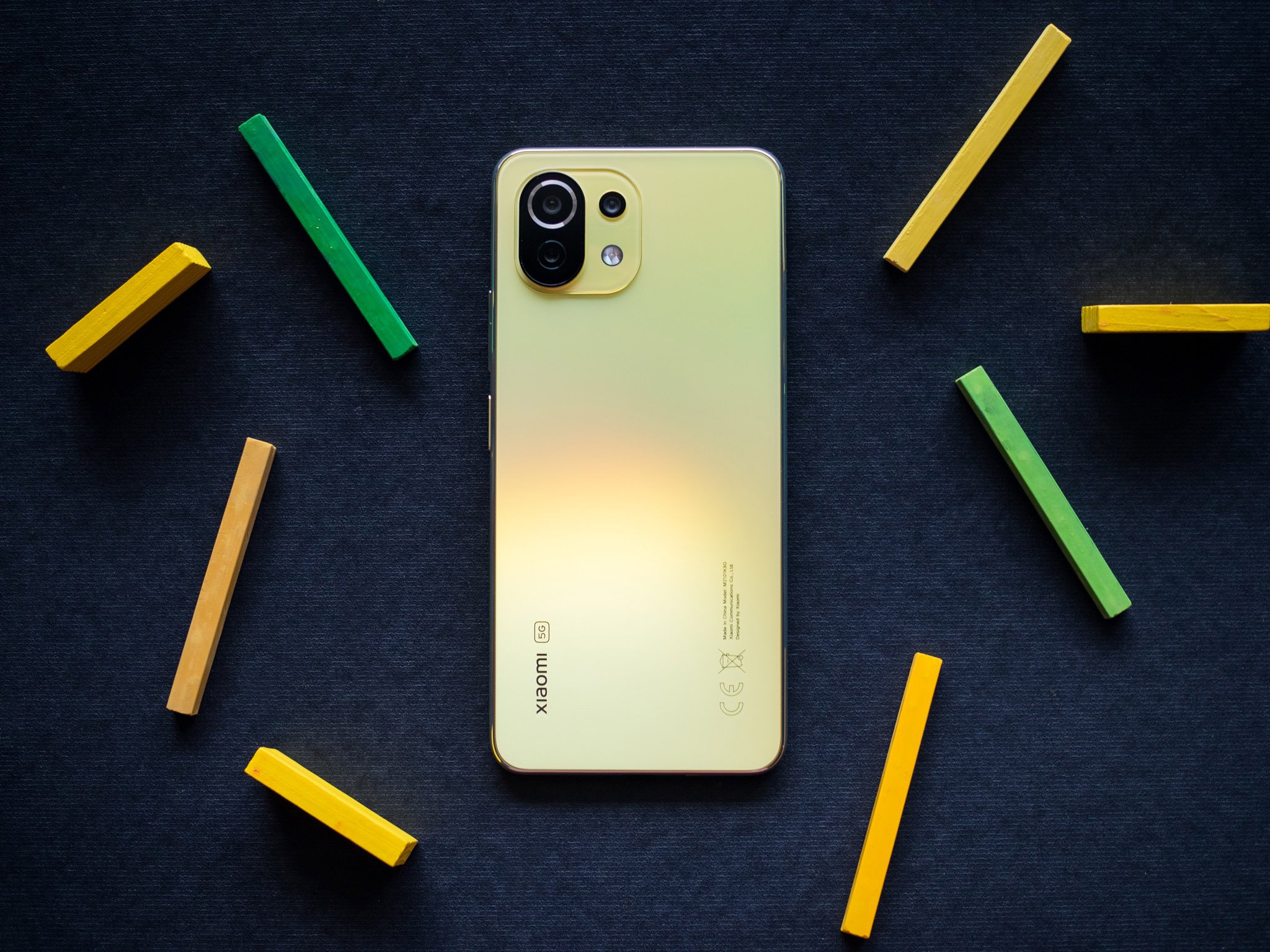
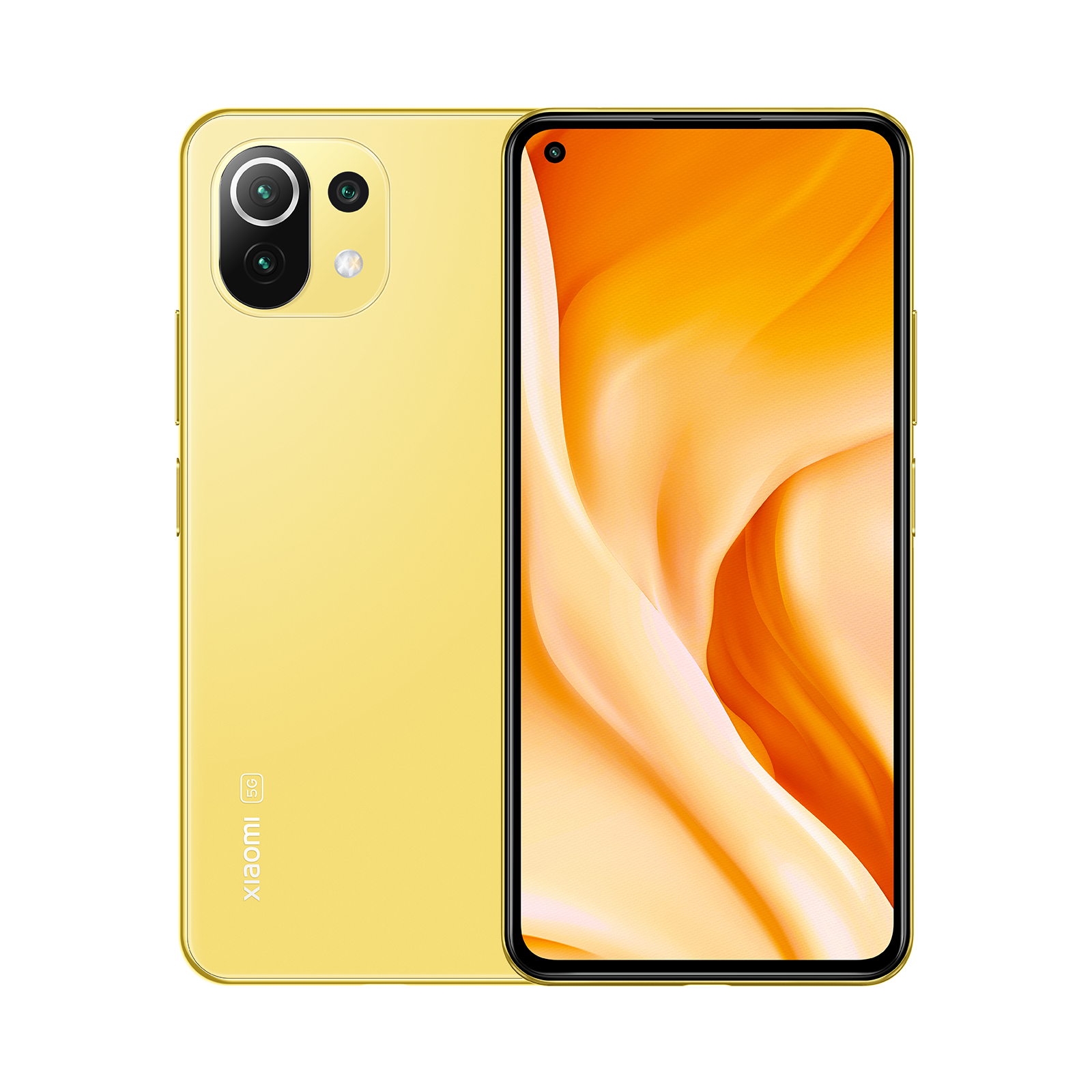
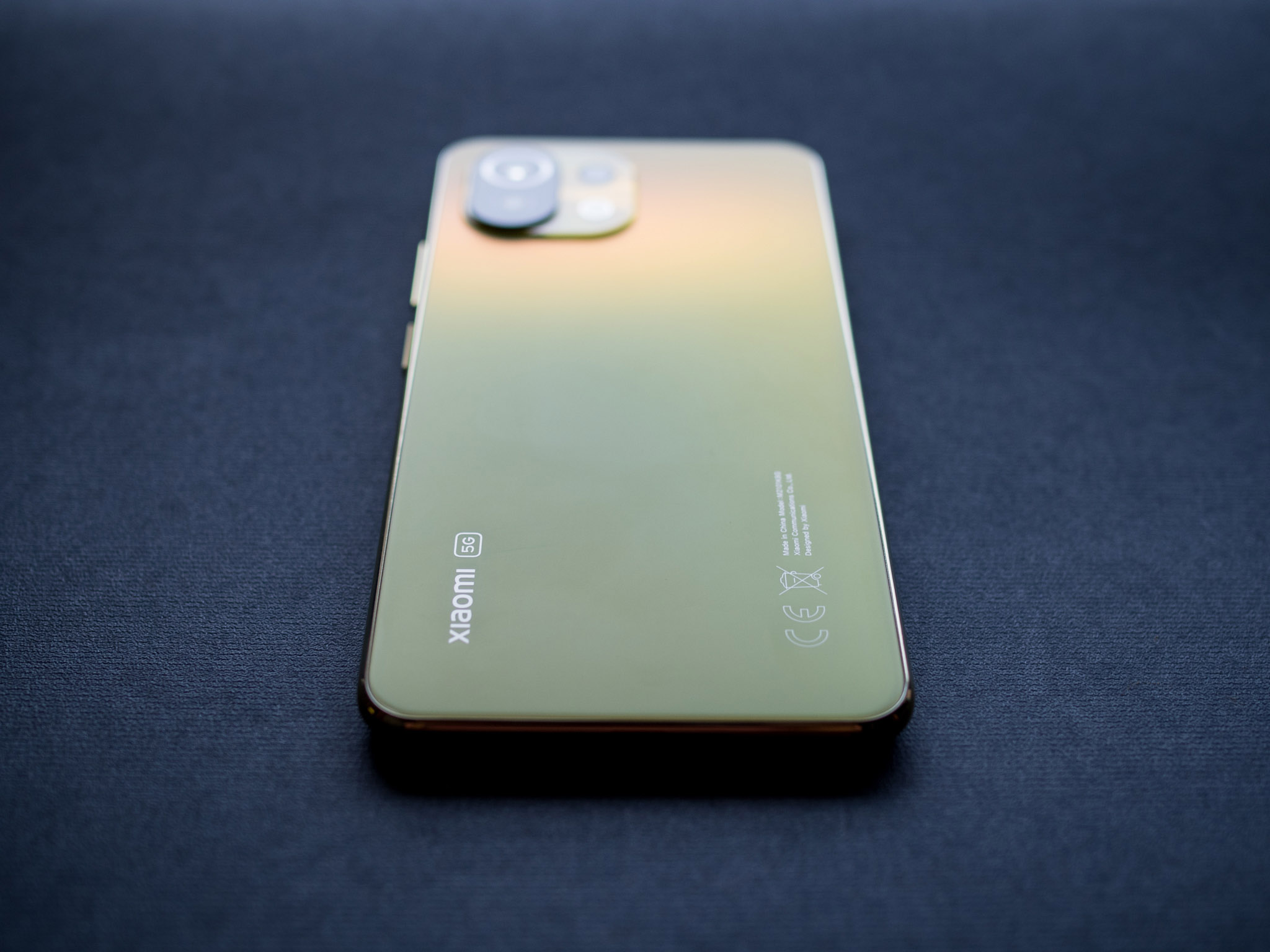

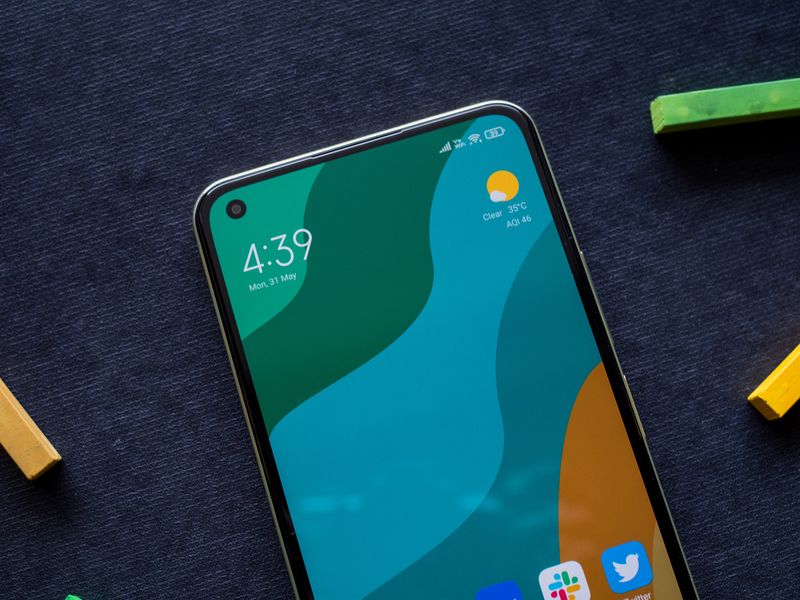
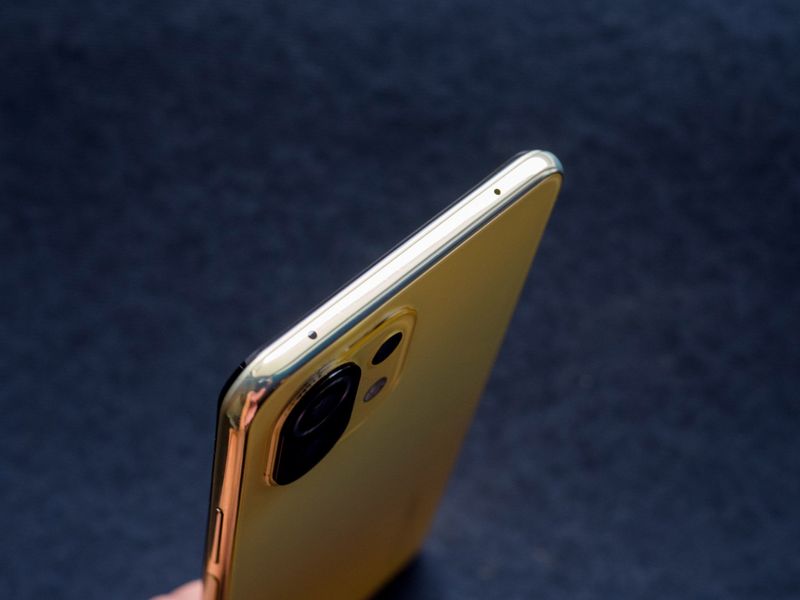
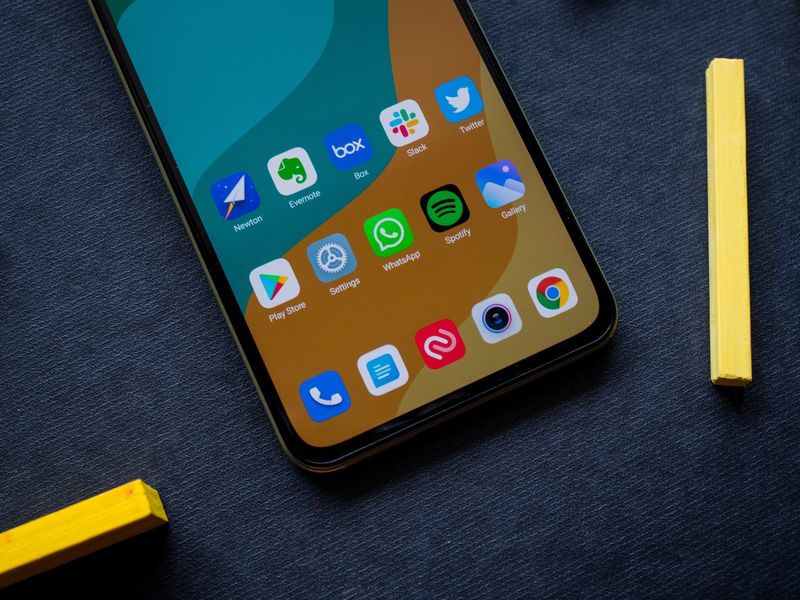
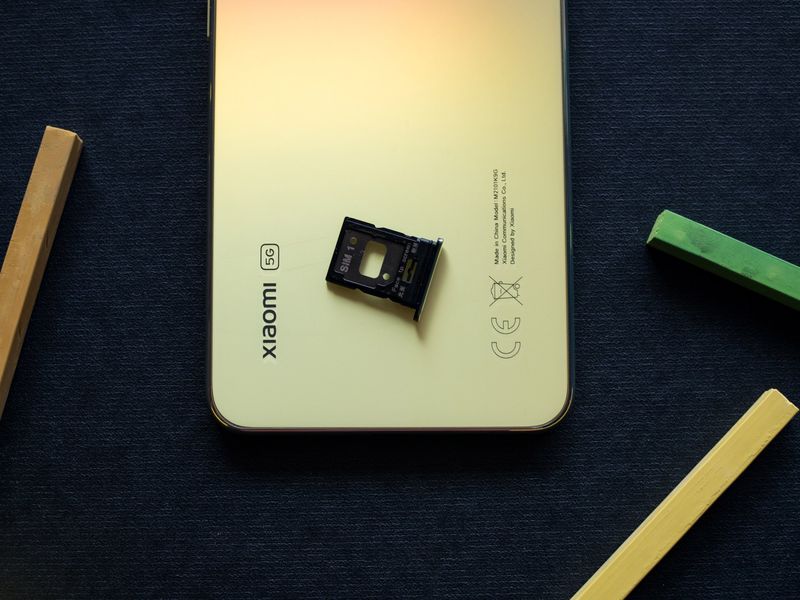
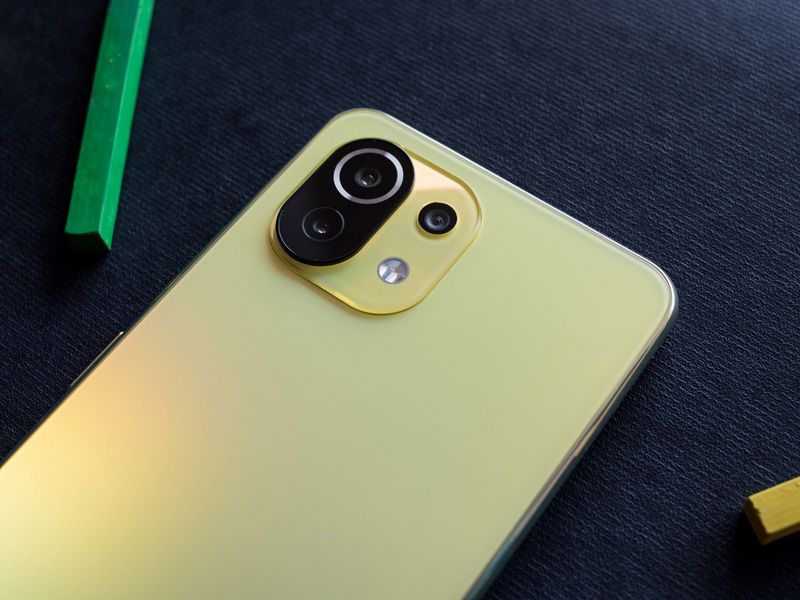
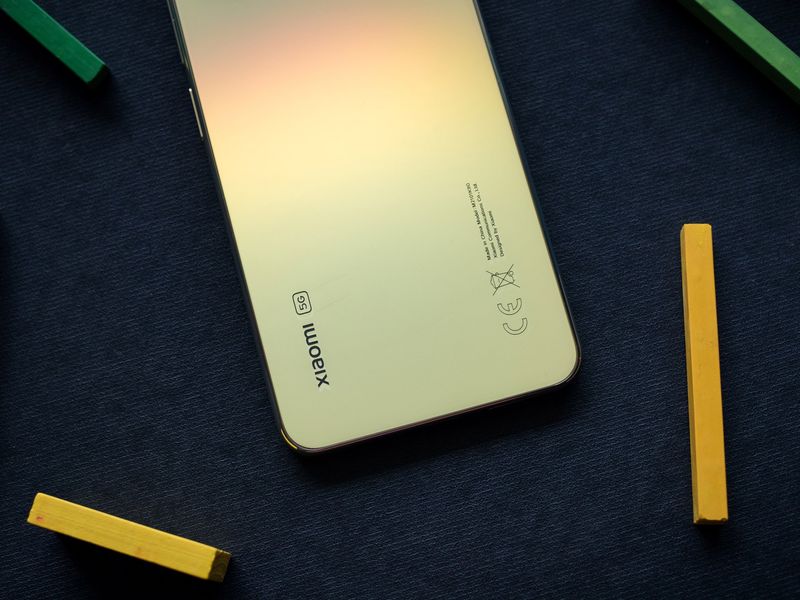
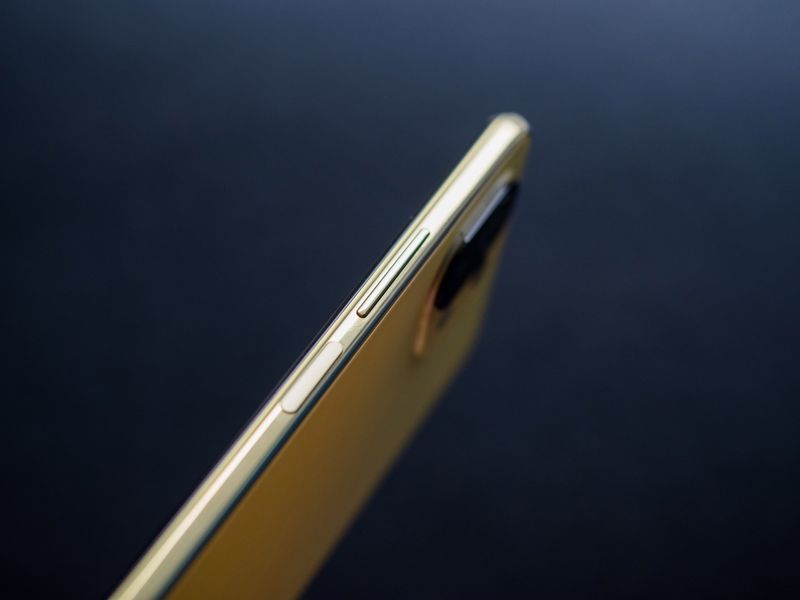
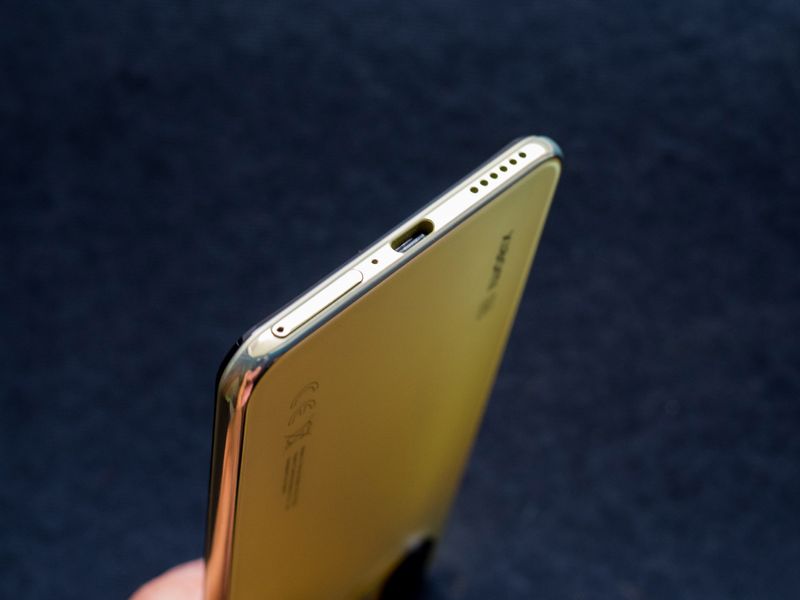
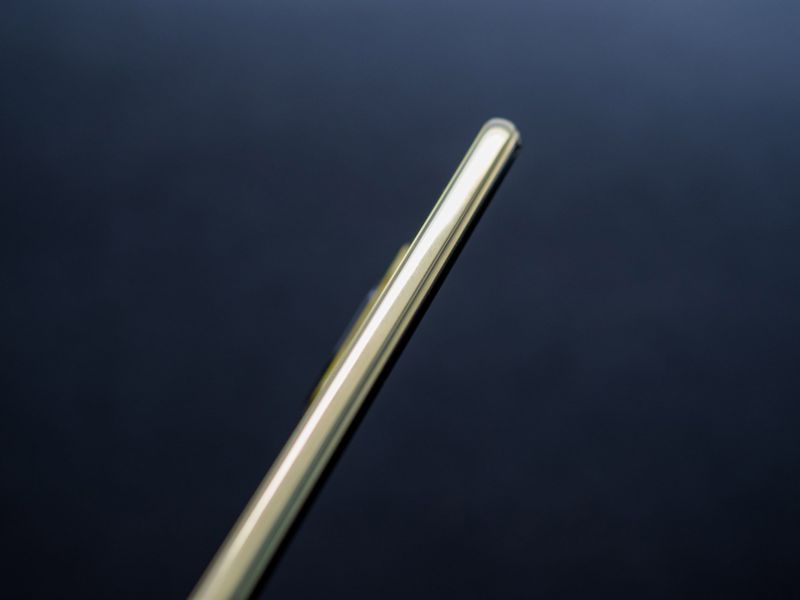
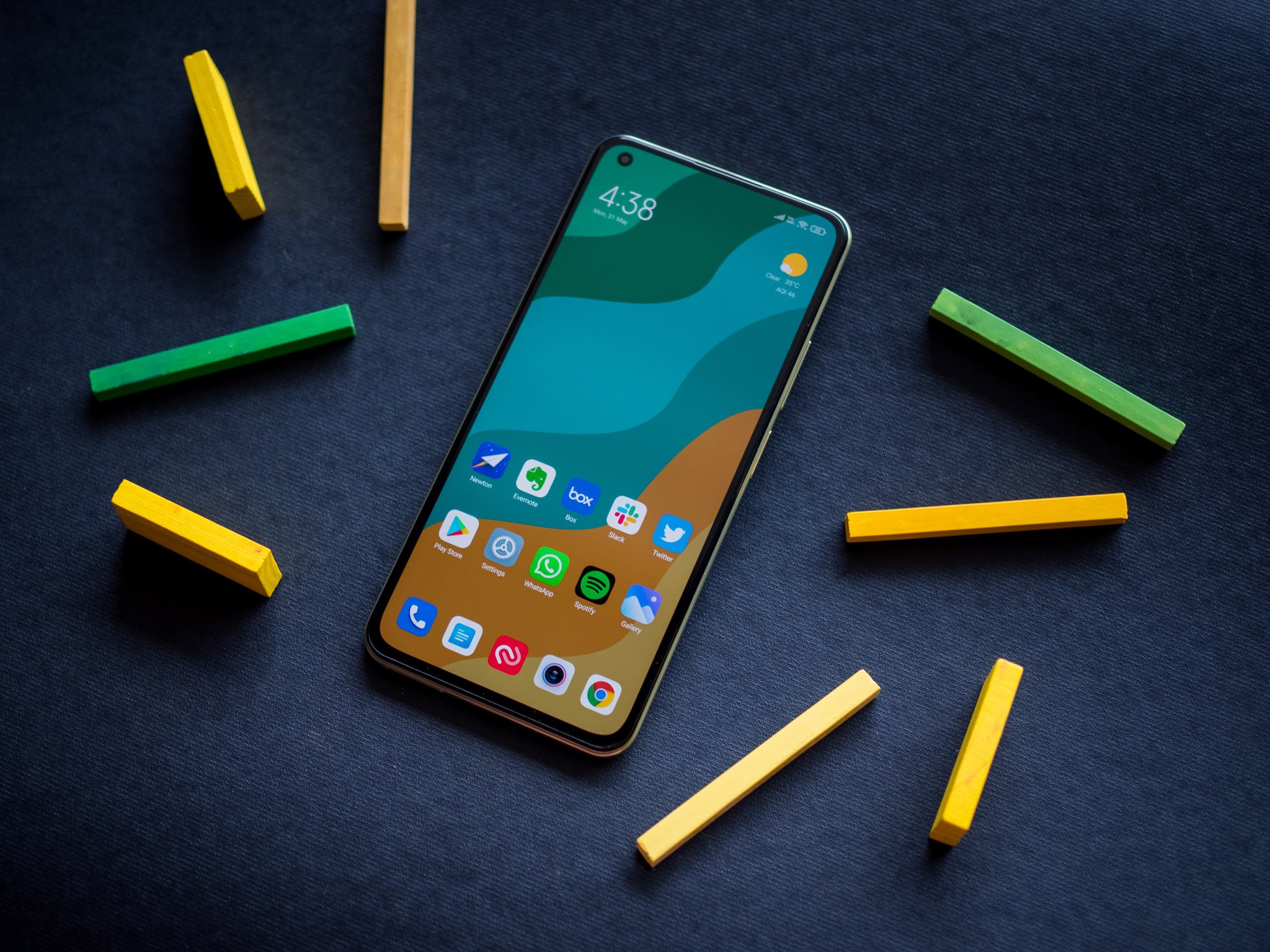
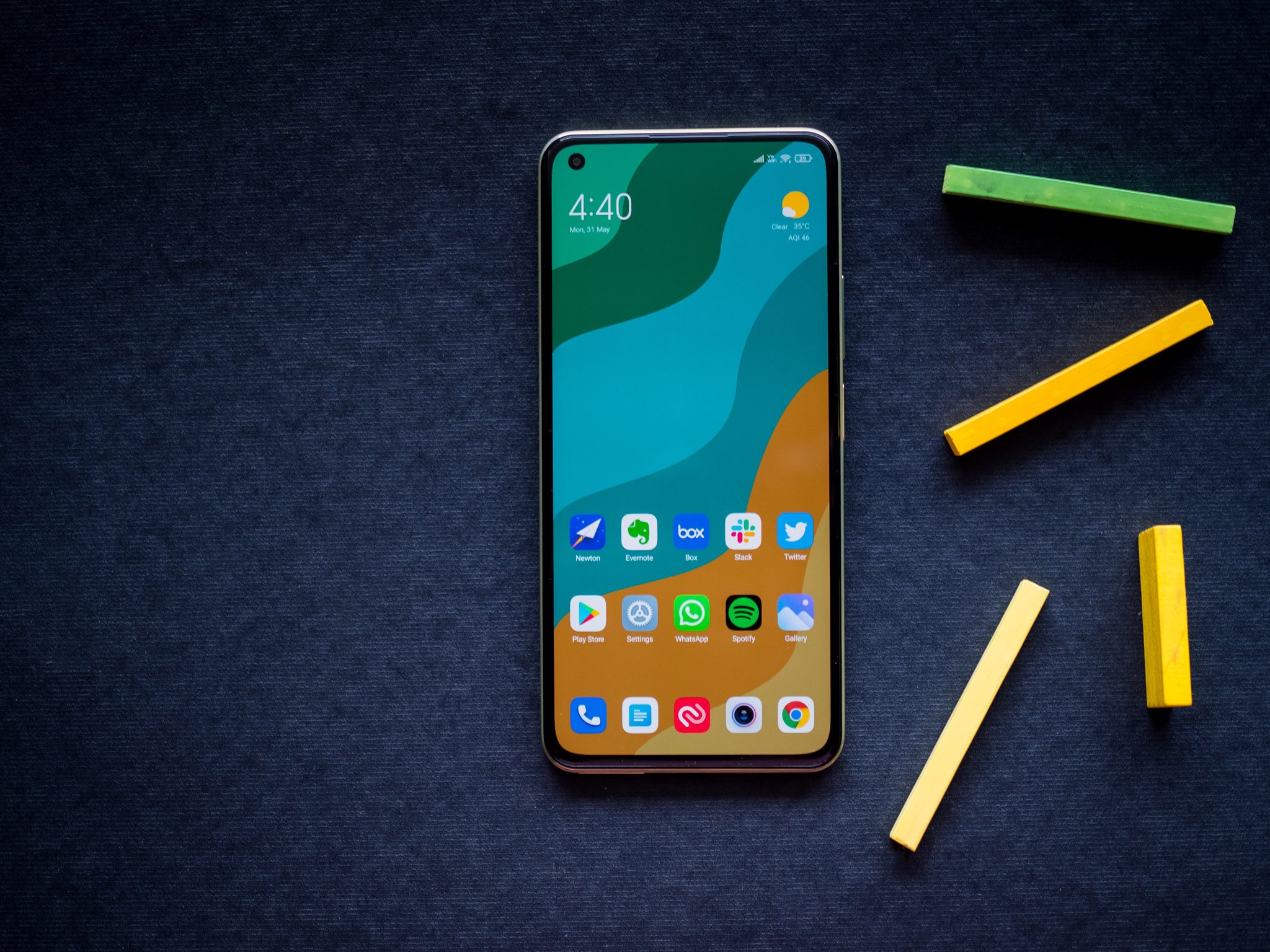
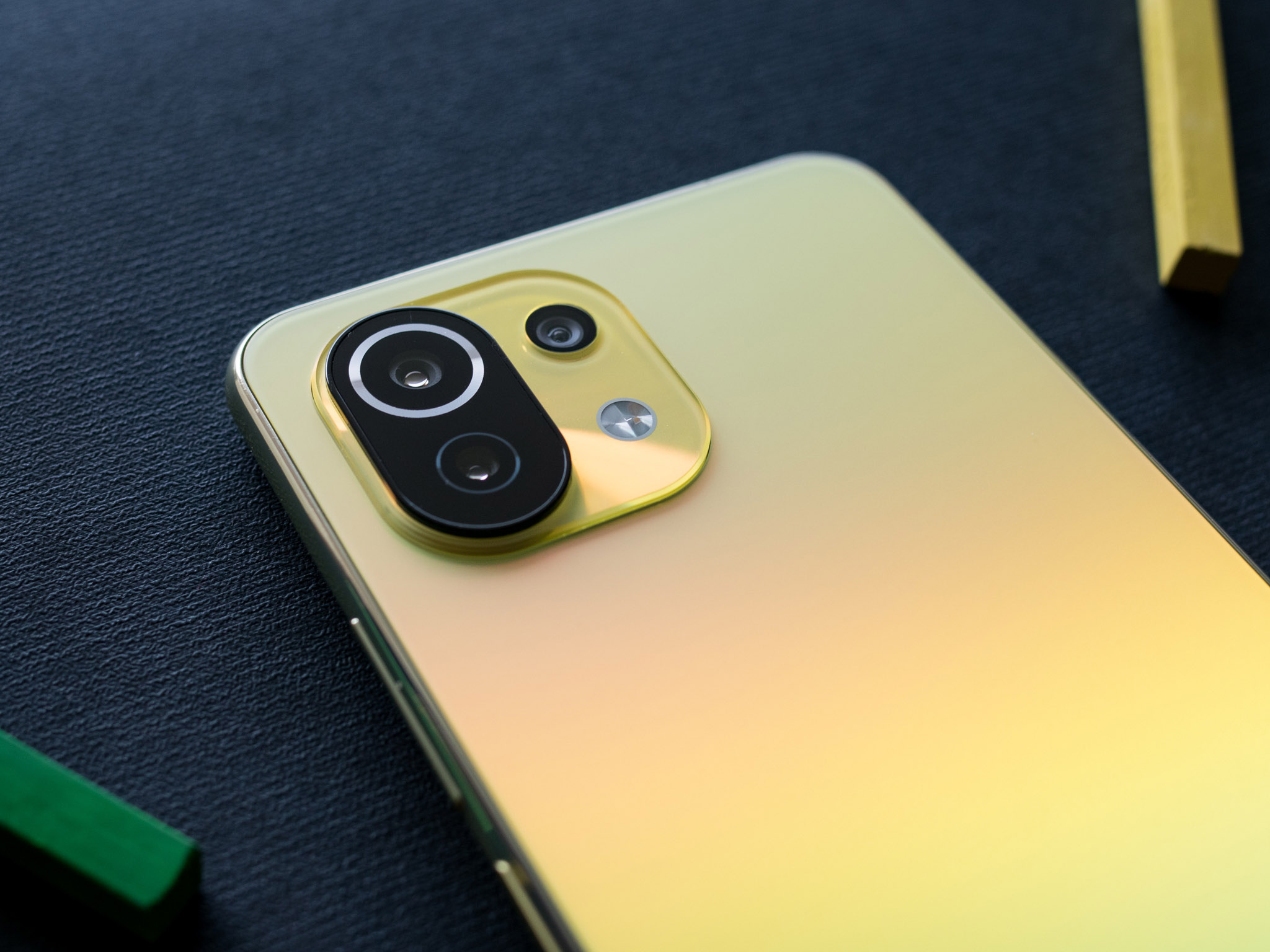
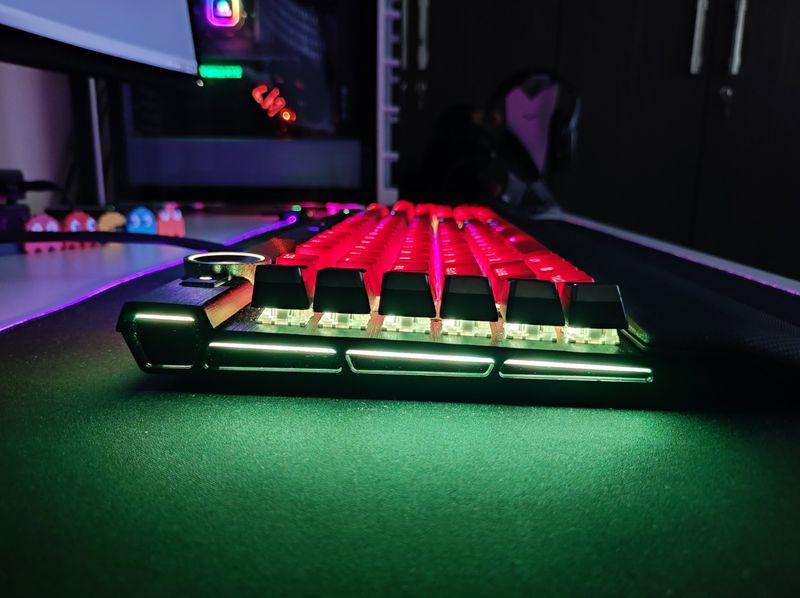
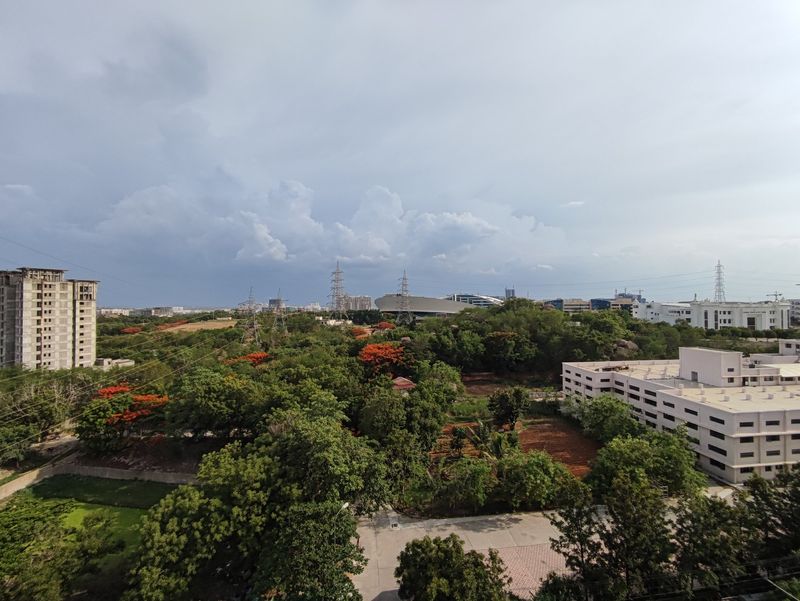



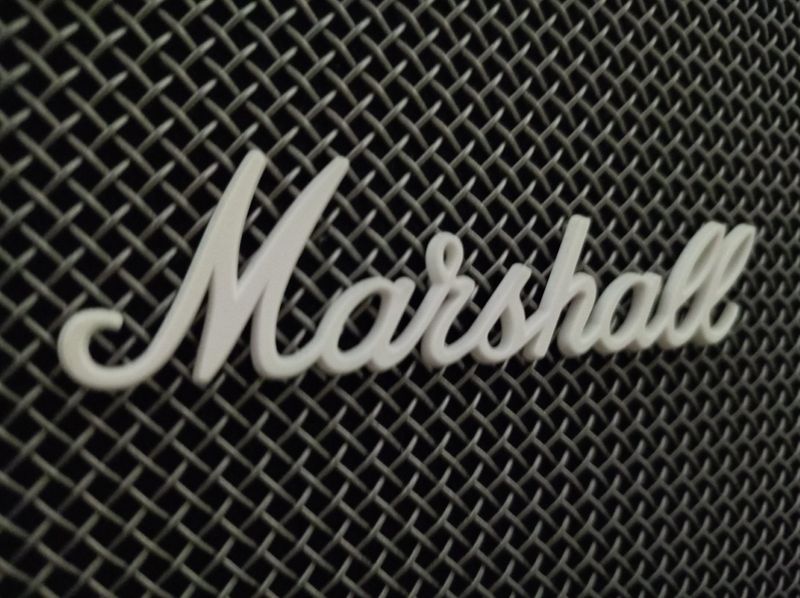
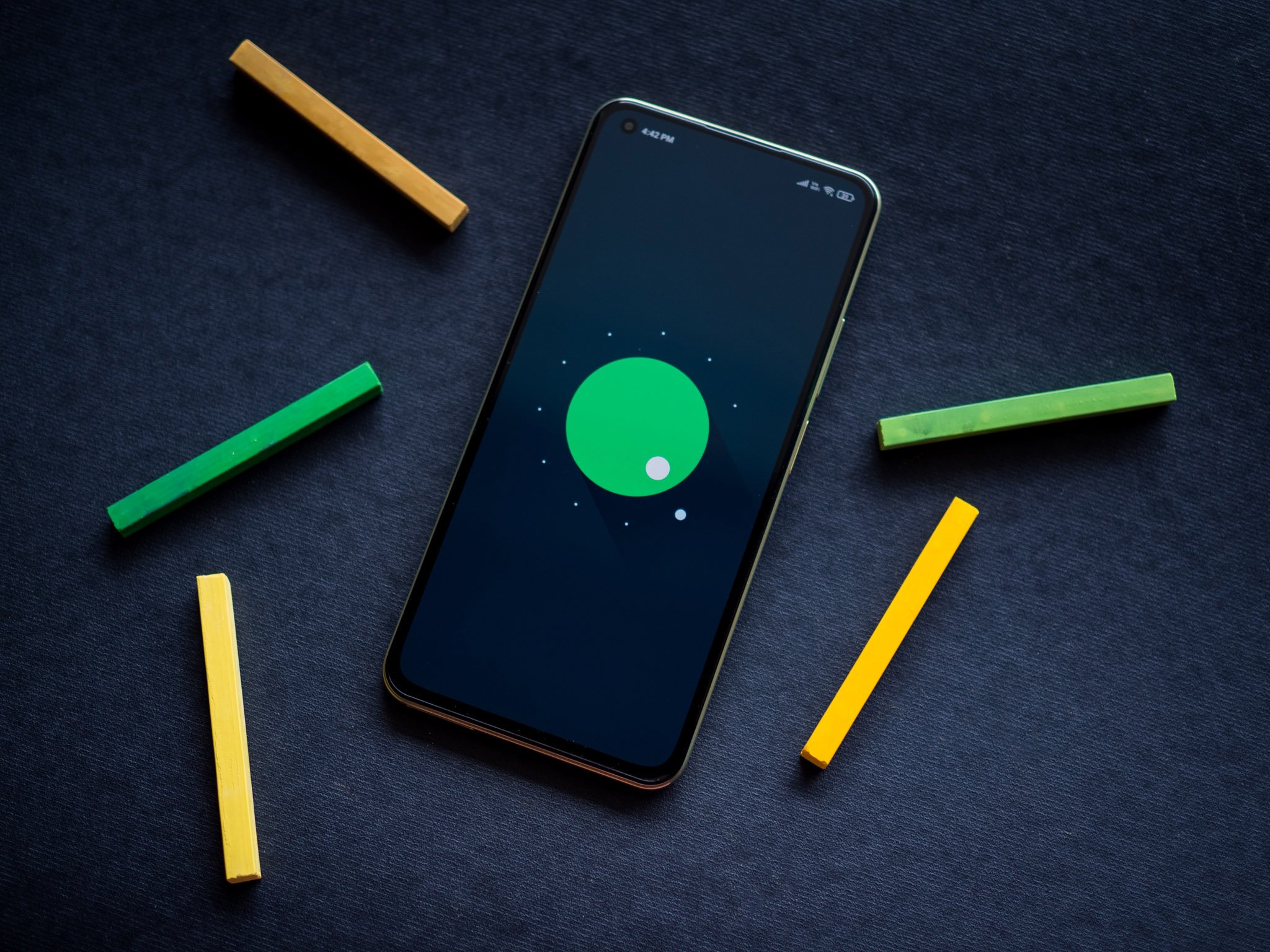
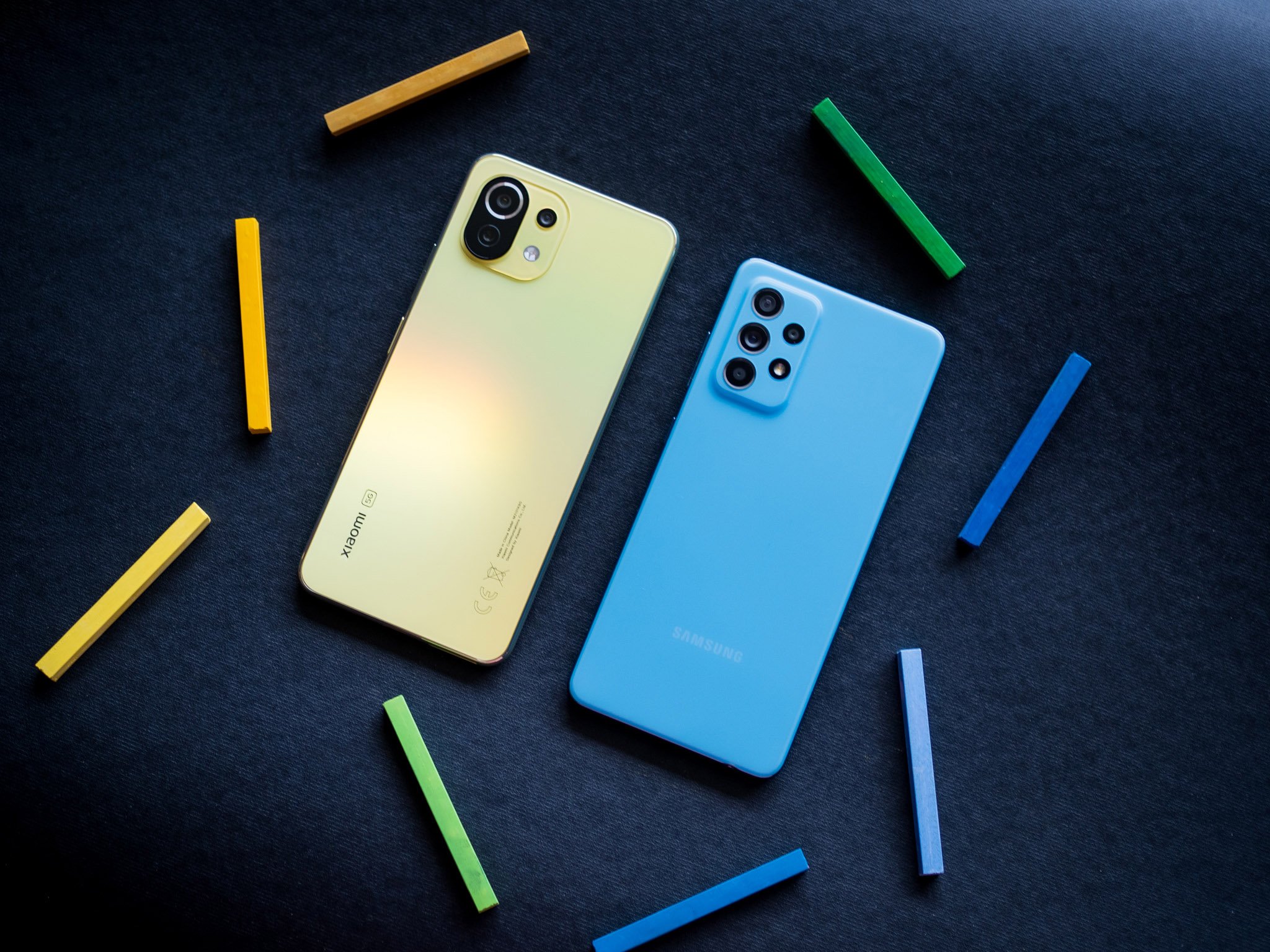
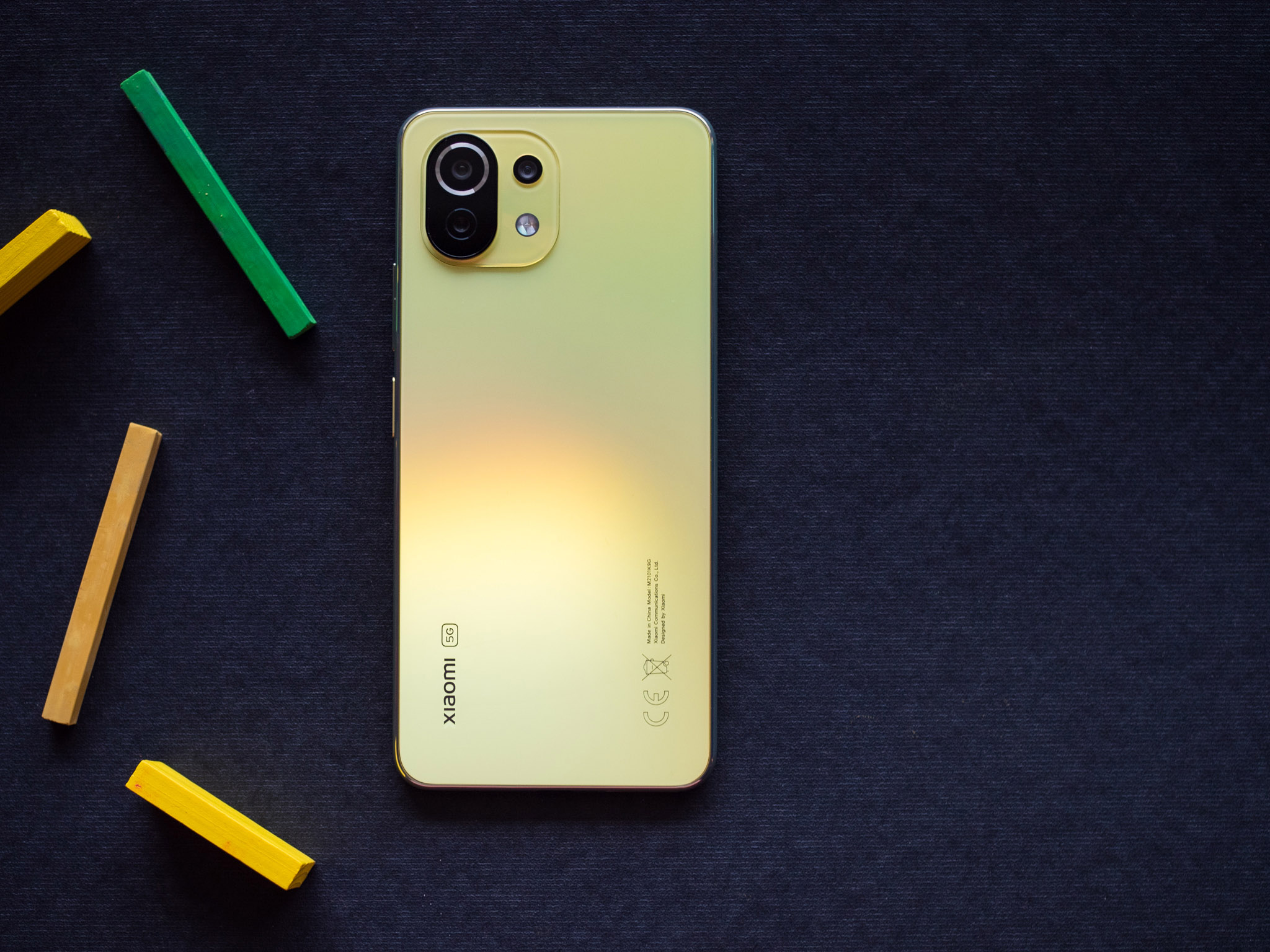
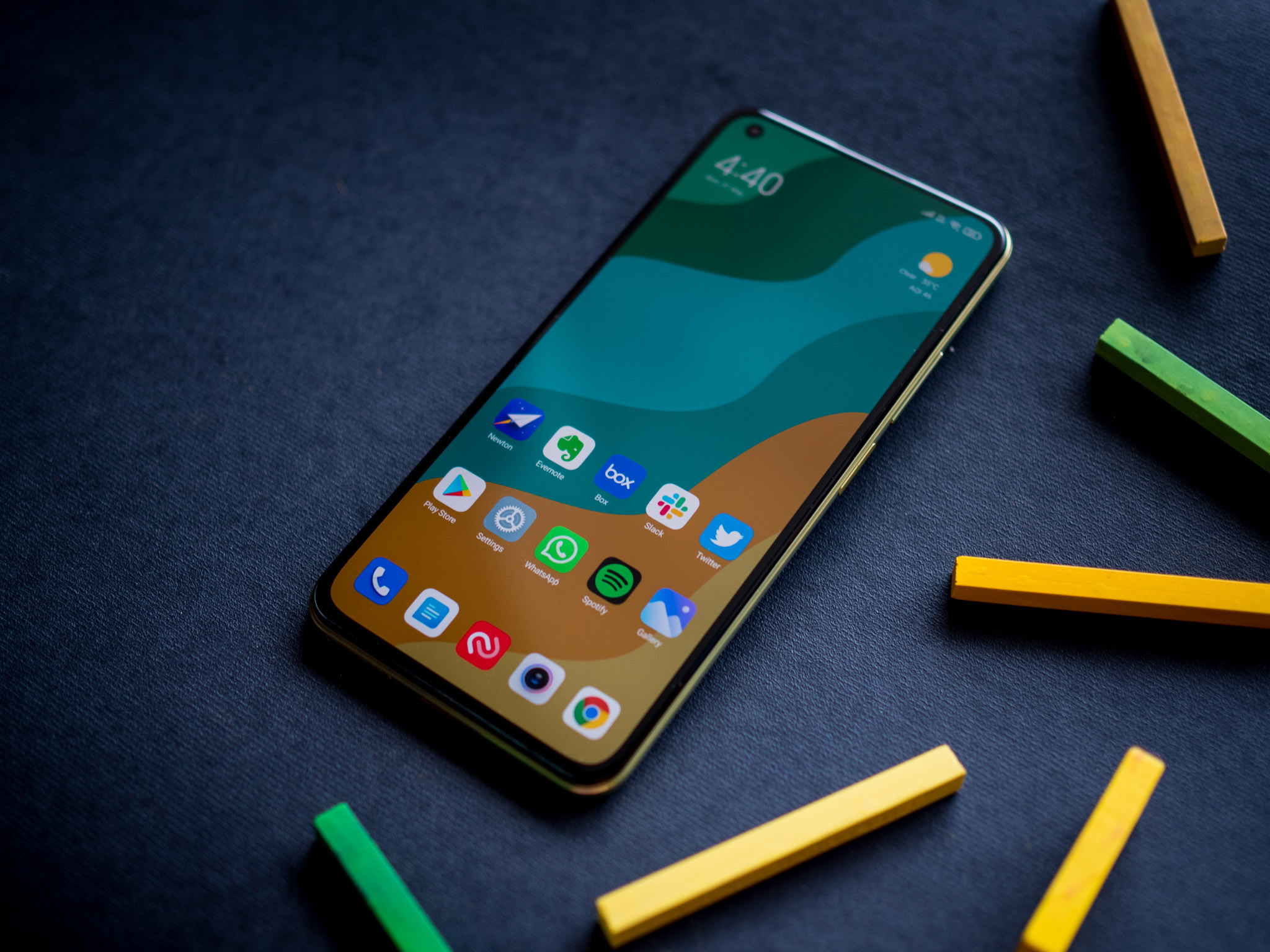
Aucun commentaire:
Enregistrer un commentaire